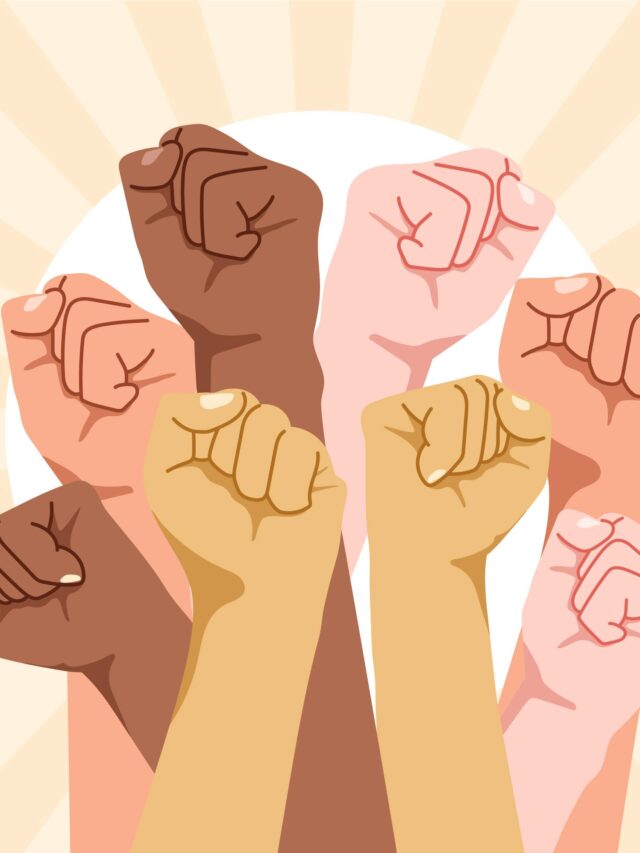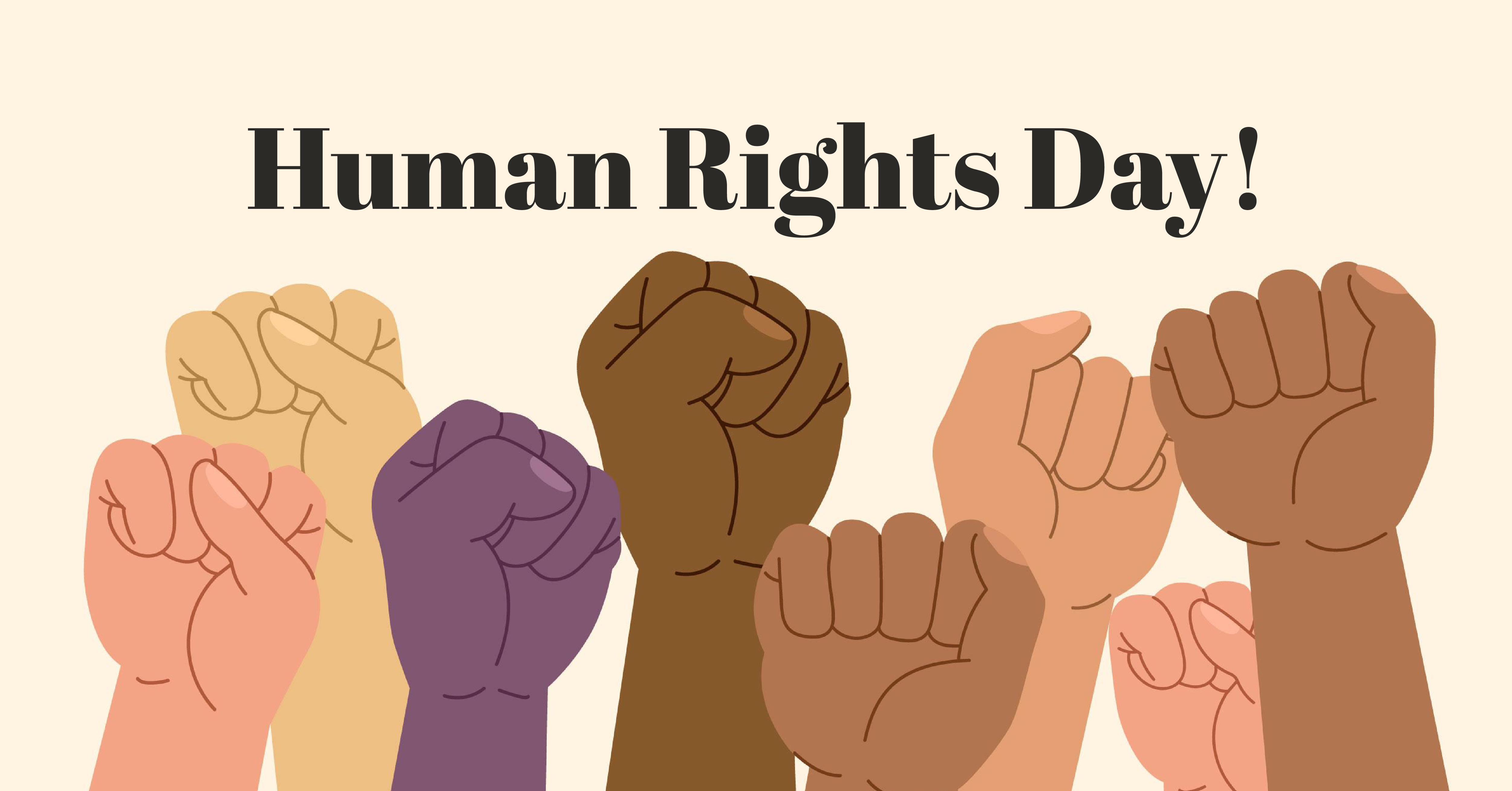Introduction
In the introduction, we provide a brief explanation of Human Rights Day, highlighting its importance in recognizing and celebrating human rights. The focus is on setting the tone for the article and emphasizing the importance of the topic.

History of Human Rights Day
This section throws light on the origin and establishment of Human Rights Day. It highlights major historical events, particularly those following World War II, which led to the proclamation of 10 December as Human Rights Day in 1950. Emphasis is placed on the connection with the adoption of the Universal Declaration of Human Rights (UDHR) in 1948.
Universal Declaration of Human Rights (UDHR)
Here, we provide an overview of the UDHR, emphasizing its role as a landmark document shaping global human rights. The UDHR highlights 30 articles that articulate the rights and freedoms inherent to every individual. The ongoing importance of the document in shaping the discussion on human rights globally is also explained.
Human Rights Day topics
This section explores the annual themes of Human Rights Day and their relevance. It highlights how these themes address contemporary human rights issues, providing a dynamic perspective on the celebration of Human Rights Day each year.
global event
The focus here is on how countries around the world celebrate Human Rights Day. This section highlights the variety of events, seminars and activities organized globally to mark this day. This emphasizes the universal nature of the principles contained in the UDHR.
human rights violations

Recognizing the ongoing challenges, this volume highlights examples of human rights violations and their impact globally. This underlines the continued need to identify and address these violations for a world where everyone can live with dignity and respect.
Progress and Achievements
This section discusses positive changes and progress in human rights. This has included legal reforms, grassroots movements, and international collaboration that have led to meaningful changes, demonstrating that collective efforts can bring about positive change.
Role of individuals in promoting human rights
The focus is on empowering people to bring about change. Small actions such as raising awareness, supporting organisations, and joining conversations are highlighted as ways in which individuals can contribute to the wider impact of universal human rights.
Intersectionality of human rights
This section addresses the interrelationship of various rights. It states that addressing one aspect of human rights has a positive impact on others, using the example of gender equality contributing to overall social progress and harmony.
Technology and Human Rights
Exploring the role of technology in shaping human rights, this part discusses both its positive and negative impacts. It emphasizes the need to strike a balance between technological progress and human rights protection while considering risks such as privacy violations and online harassment.
educational initiatives
Highlighting the importance of educating people about their rights, this section explores initiatives at schools, colleges and community levels. The focus is on promoting awareness and understanding to foster a culture of respect and inclusion.
Youth and human rights advocacy

This part highlights the important role of the young generation in human rights advocacy. It discusses youth-led movements globally, addressing issues such as climate change and social justice, as powerful examples of collective action for a more just and equitable society.
Corporate responsibility to respect human rights
This section emphasizes the responsibility of businesses in upholding human rights. It goes beyond profit margins, discussing examples of corporate initiatives for social responsibility, demonstrating the positive impact businesses can have on human rights.
Challenges in protecting human rights
This part addresses current challenges and obstacles in the global human rights landscape. It highlights issues such as discrimination, poverty and political instability and emphasizes ongoing efforts at the local, national and international levels to create lasting solutions.
conclusion
Summarizing the importance of Human Rights Day, the conclusion encourages continued advocacy and awareness. It emphasizes the importance of understanding history, celebrating progress, and accepting challenges to pave the way for a future where equality, justice and dignity are embedded in the human experience.

